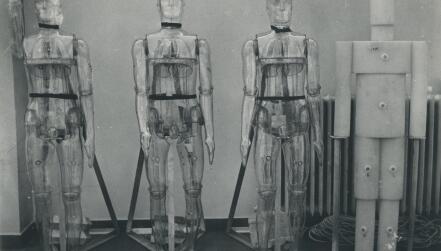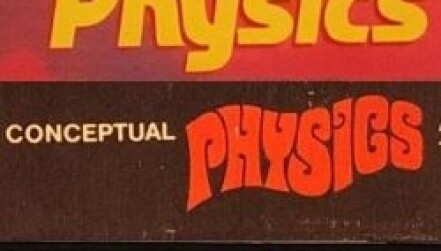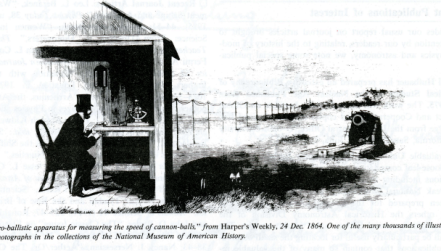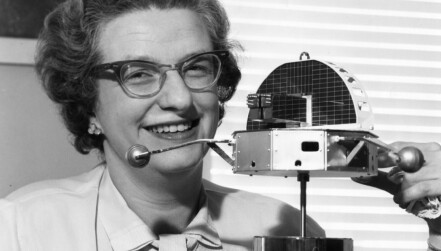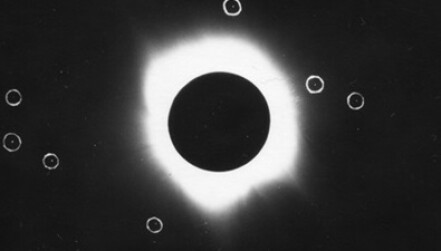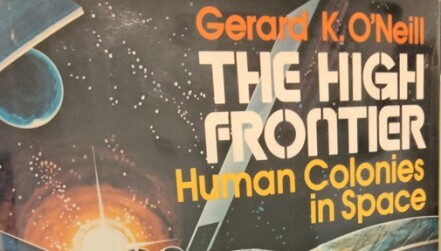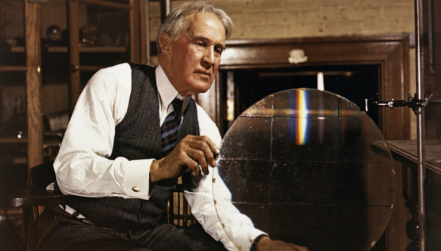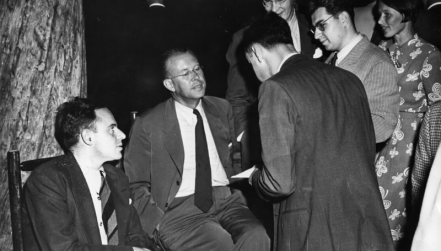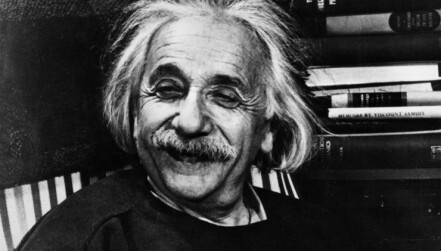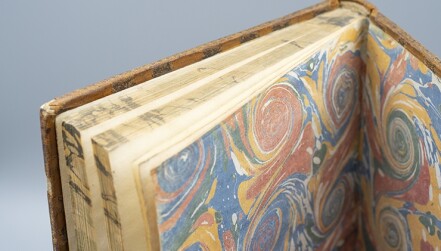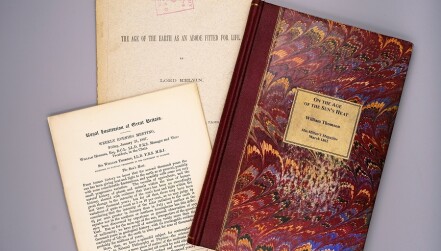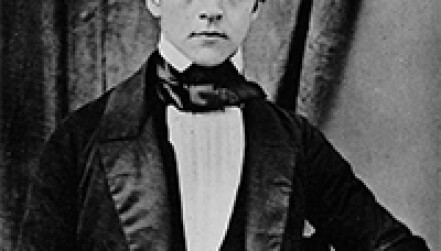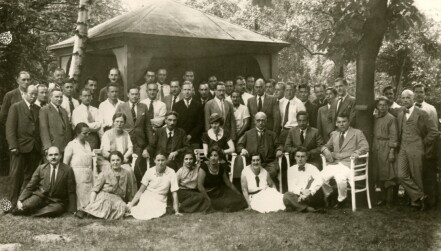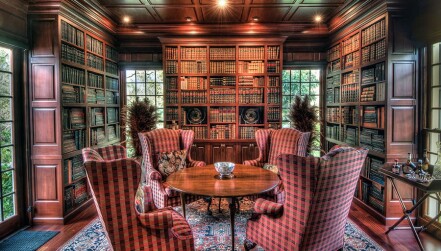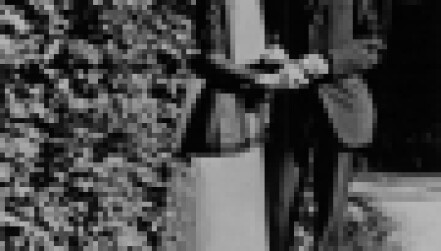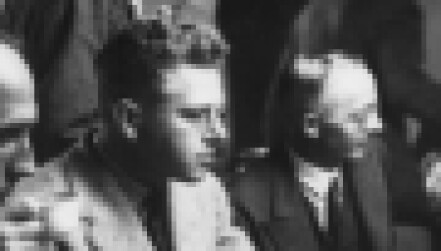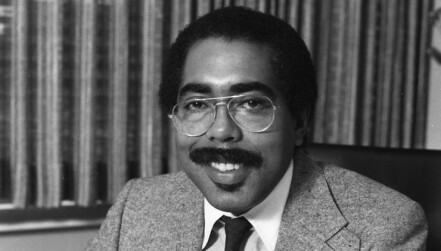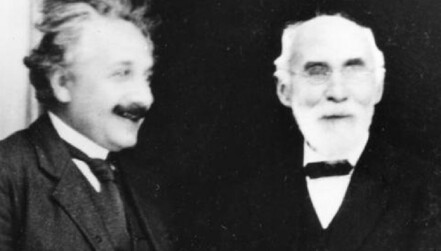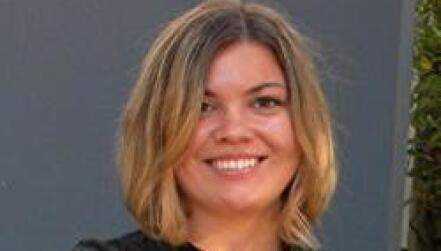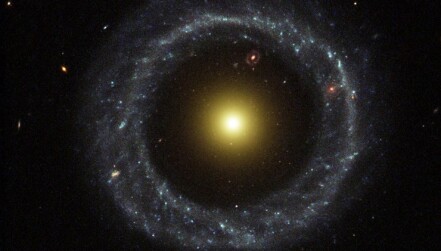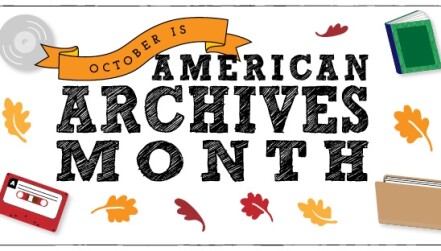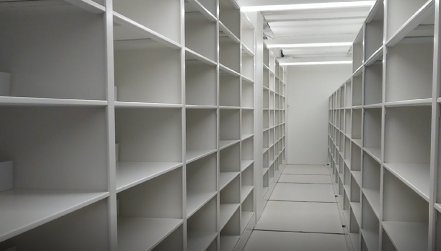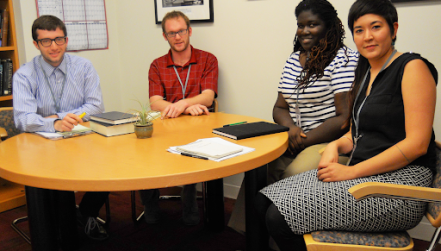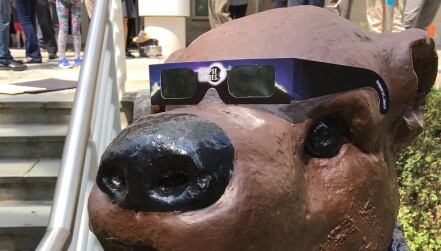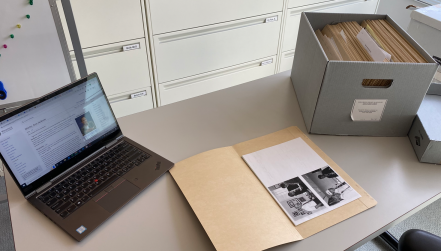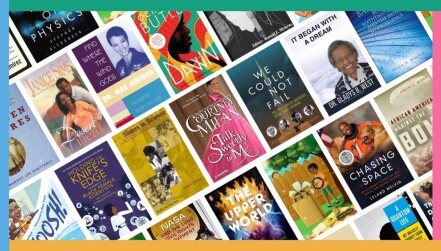Ex Libris Universum: From the Library of the Universe
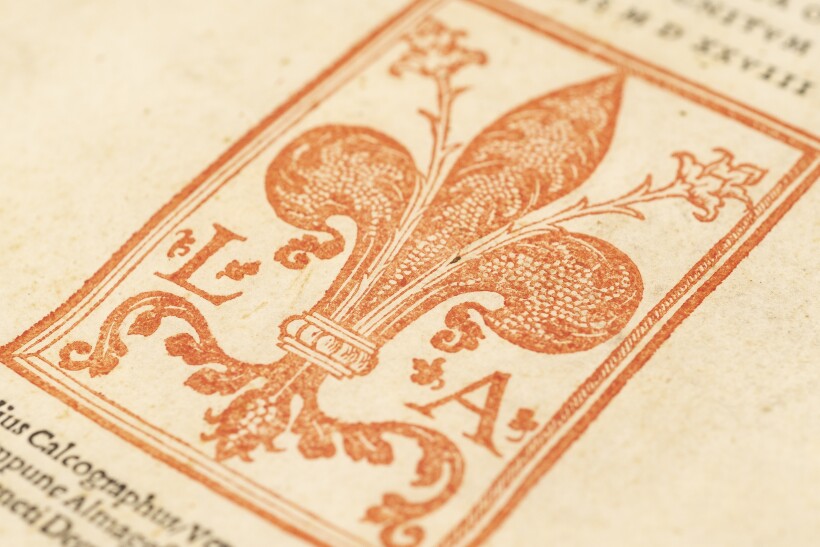
Ex Libris Universum: From the Library of the Universe

This blog, published by AIP’s Niels Bohr Library & Archives, intends to do just that - bring you into the library of the universe. The librarians, archivists, historians, and special guest authors featured on this blog provide a behind the scenes look at the history and collections they preserve and make accessible, the hidden figures and stories they make known, and the services they provide to the history of science community and the public. To subscribe, scroll to the bottom of the page, select “AIP History Monthly Update,” and enter your email address.
Latest Articles
Photos of the Month
Collections Spotlight
Interviews
Behind the Scenes
Wikipedia Dispatches
Librarian Recommendations
All Articles
Subscribe for Updates

A quantum of history in your inbox every Friday
One email per week

Catch up with the latest from AIP History and the Niels Bohr Library & Archives
One email per month

Receive updates on education and employment trends for physical scientists.
Whenever new content is posted
Send the above selected newsletters straight to my inbox!
Ptolemy’s Almagest,1528. Image by AIP.
